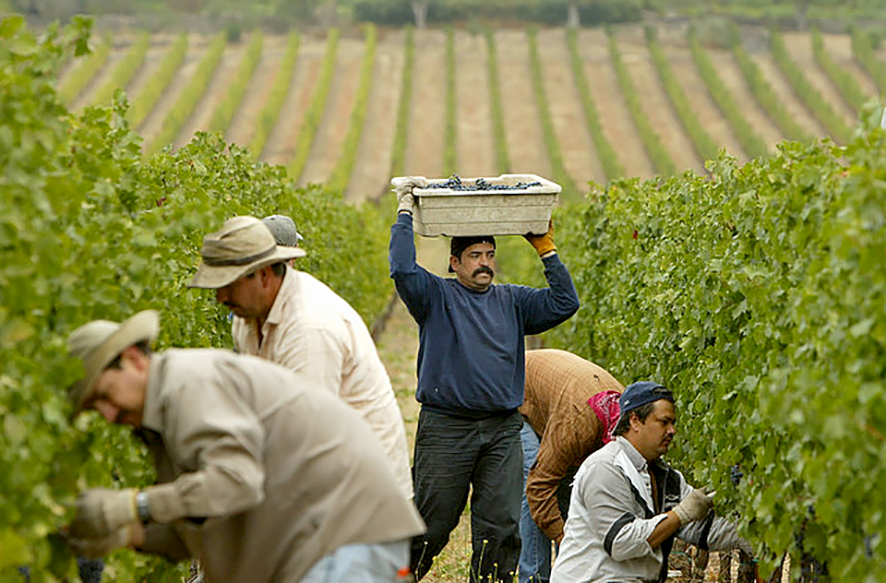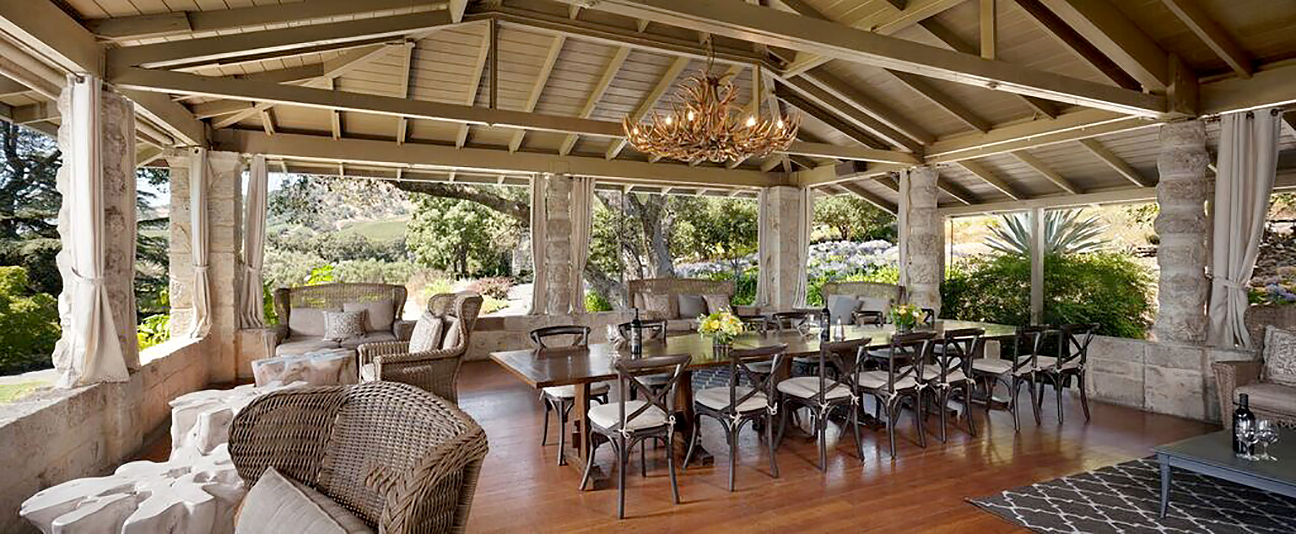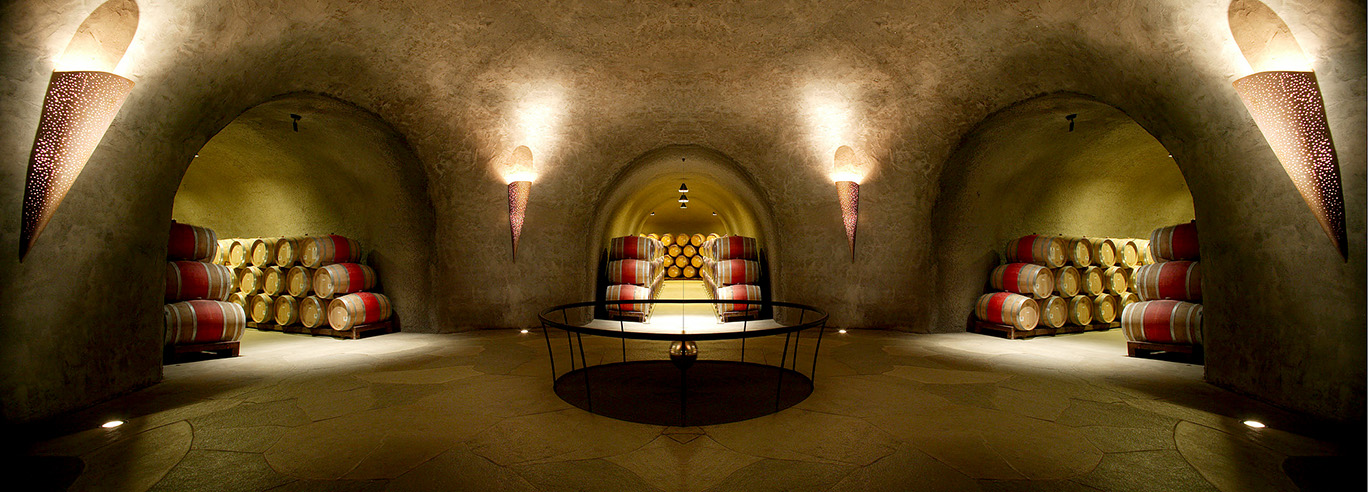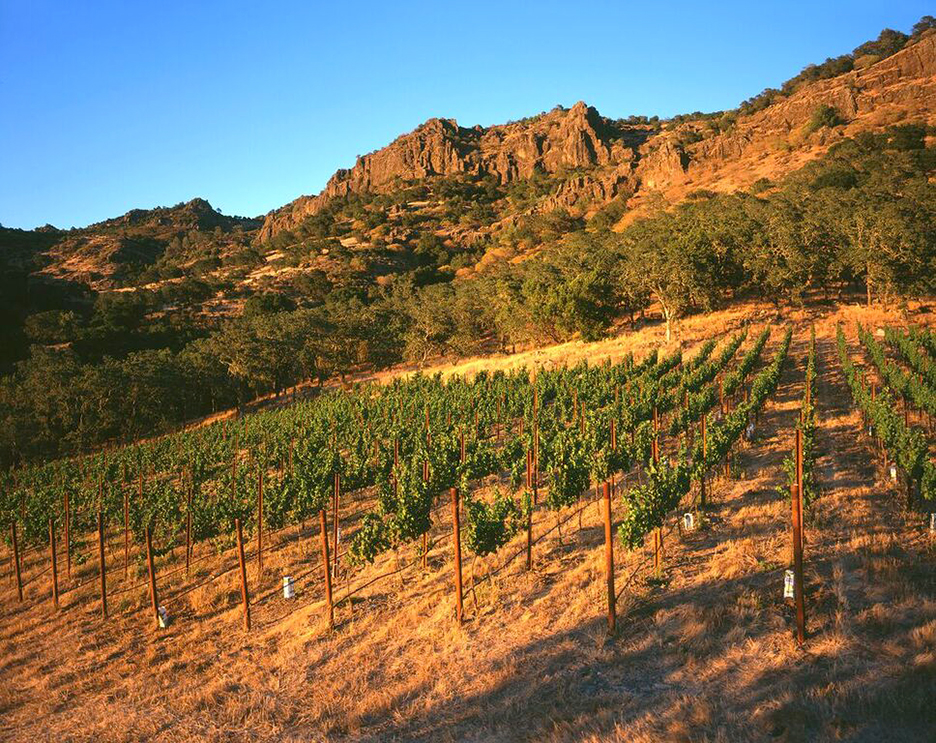Deep ruby-garnet color; red fruits, plum, blackberry, cassis, leather, oak spice on the nose; sweet cherry, blueberry, redcurrant, blackberry, vanilla, earth on the palate.
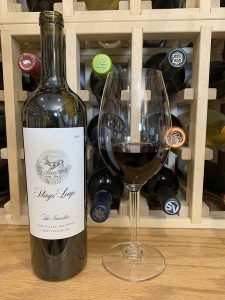
Dry; medium-plus body; cordial tannins and some acidity. Significant redcurrant-cassis on the finish, but round and smooth on the attack and midpalate. Red blend of 39% merlot, 32% petite sirah, 19% cabernet sauvignon, 10% malbec. The petite sirah aged 20 months in American oak, 25% new. The Bordeaux varieties aged 20 months in French oak, 35% new. There clearly is an oak influence here, but when juxtaposed with the 52% petite sirah-cab, there is harmony rather than wood splinters in your mouth. The merlot works its softening magic, too.
This is semi-bold wine. Smooth and balanced, it is not an aggressively assertive, tannic, fruity Napa red. No roaring alcohol—14.3% ABV. People who prefer muscular Napa red blends may find this a bit less bellicose than they prefer, but for those who want a bit more elegance and restraint, this could serve them nicely. The finish, in particular, gives you a flash of big Napa red brashness, so this certainly is not a namby-pamby pour. Medium-plus finish.
Stags’ Leap is one of California’s oldest wineries. Horace Chase partnered with his uncle, W.W. Thompson, to found the estate on land where grapes has been planted by T.L. Grigsby in the 1880s. The manor house was built in 1890 and the first vintage was produced in 1893.
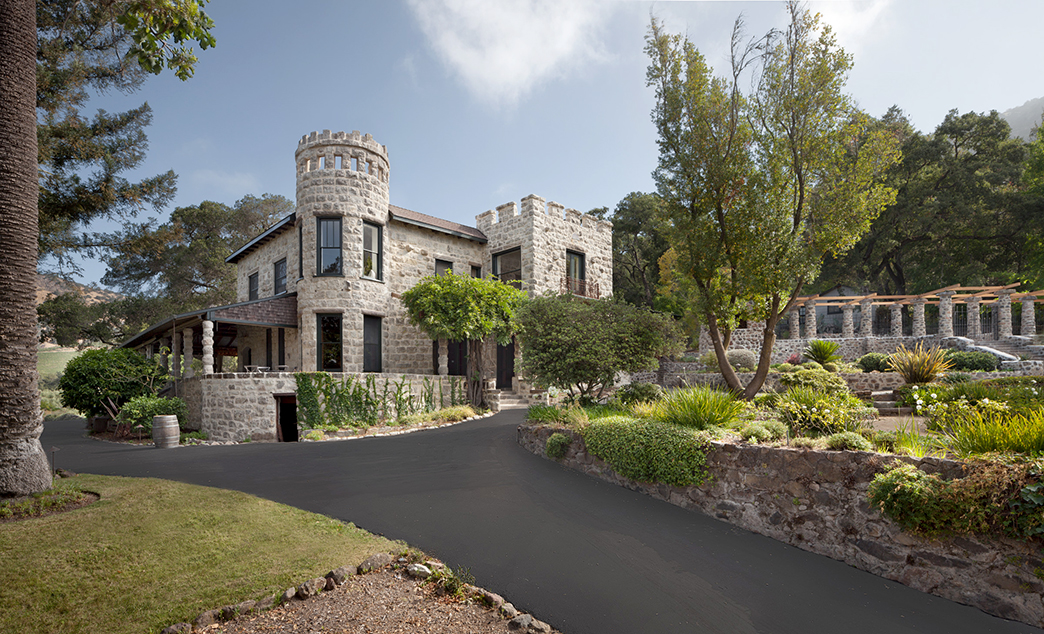
The Chase family got the Stags Leap name from a native Wappo legend of a stag leaping to escape Native American hunters. The mountains behind the property on the eastern side are known as the Stags Leap Palisades. While wine production was interrupted for extended periods—especially during Prohibition—wine grapes have been grown on the property continuously since its founding.
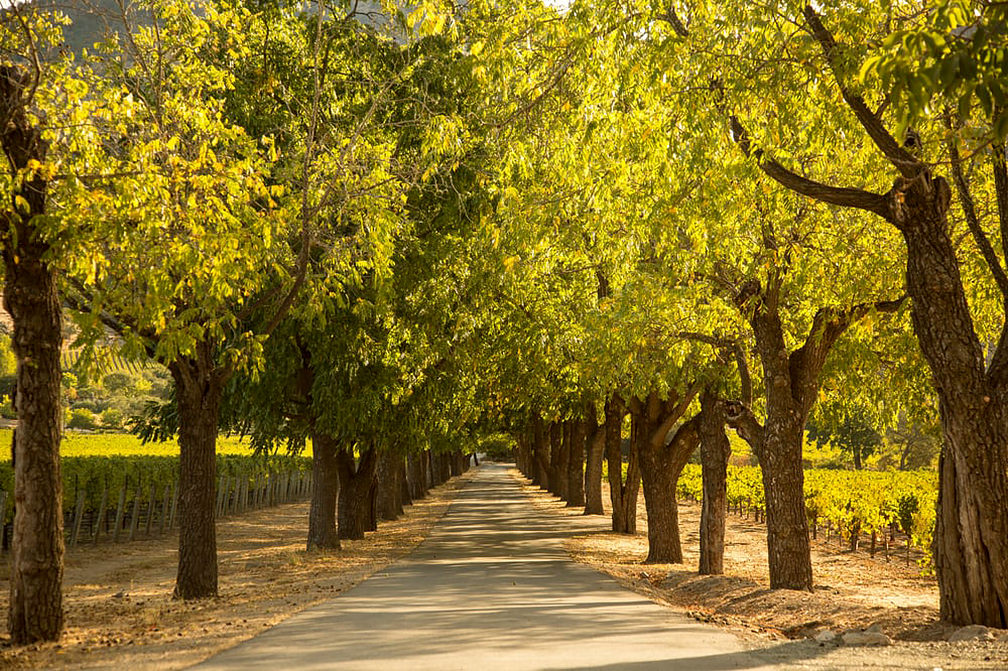
After 64 years of non-wine making (while still growing grapes for others), Carl Doumani resumed wine production at Stags’ Leap in 1972. In 2009, Christophe Paubert joined Stags’ Leap as head winemaker.
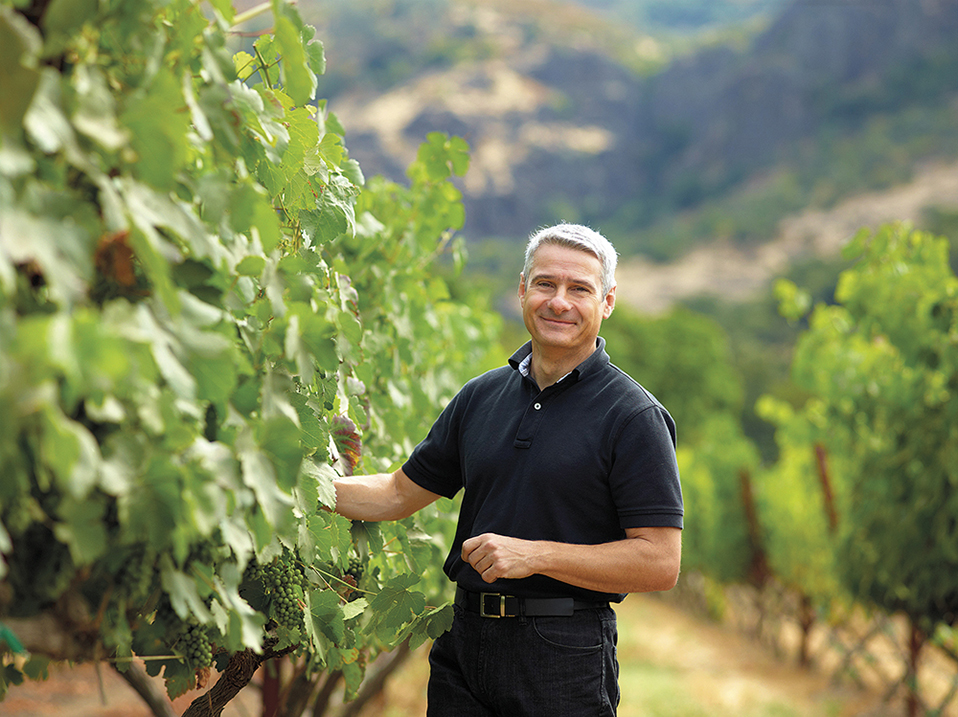
Today, Stags’ Leap is owned by Treasury Wine Estates, a major international player in the wine world, making wine in 12 countries, selling more than 35 million cases of wine a year, and generating sales of more than $2 billion. Labels you may recognize beyond Stags’ Leap include Sterling Vineyards, Beaulieu Vineyard, Beringer, Chateau St. Jean, Greg Norman Estates, Lindeman’s, Wolf Blass, and Treasury’s flagship—Penfolds.
There also is a Stag’s Leap winery, notice the placement of the placement of the apostrophe. That winery won the Judgment of Paris in 1976 and now is owned by Ste. Michelle Wine Estate and Marchesi Antinori and is not connected to Stags’ Leap that made this wine. Both wineries are in the Stags Leap (note: no apostrophe) district of Napa. Hey, its wine so it can’t be simple.
Stags’ Leap The Investor Napa Valley Red Wine 2018 is a pleasing blend of petite sirah and Bordeaux grapes. Relatively easy drinker, but some feisty elements, especially on the finish. Leans more towards elegance than raw Napa red power. Pair with beef dishes; lamb; veal; poultry; mushroom ragout. Will work with grilled red meats, but softness and finesse works better with less aggressively flavored meats like pork tenderloin and filet mignon. Pretty good just sipped with wine crackers and cheese cubes, too. Cheese—camembert, swiss, mozzarella, gouda. Less amicable pairings with aged cheese like gorgonzola, gruyere. $42-55
